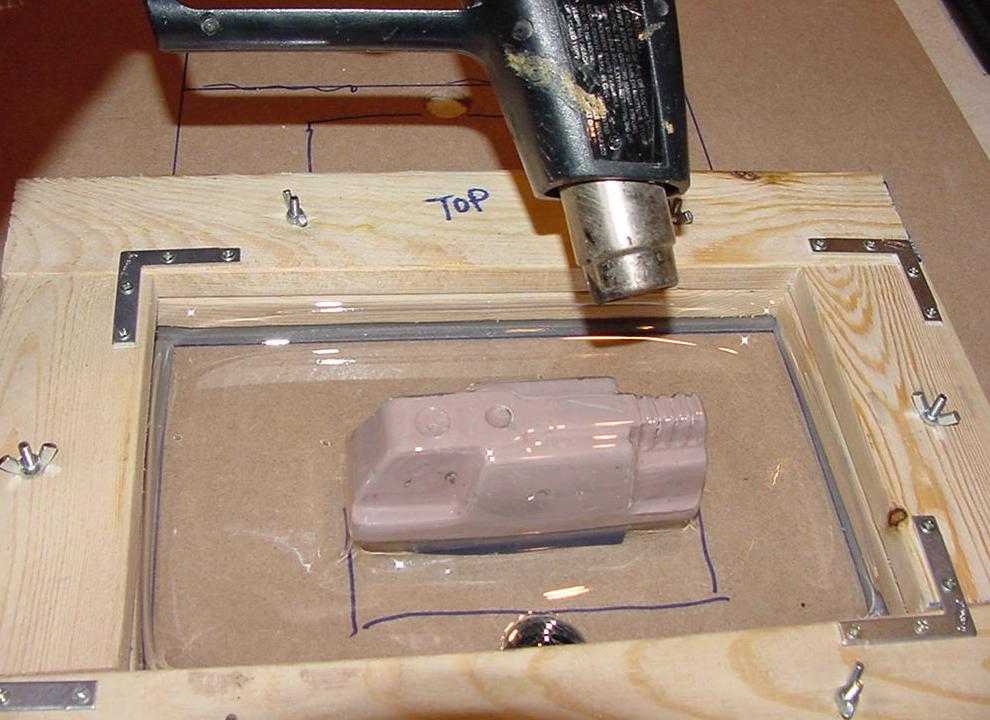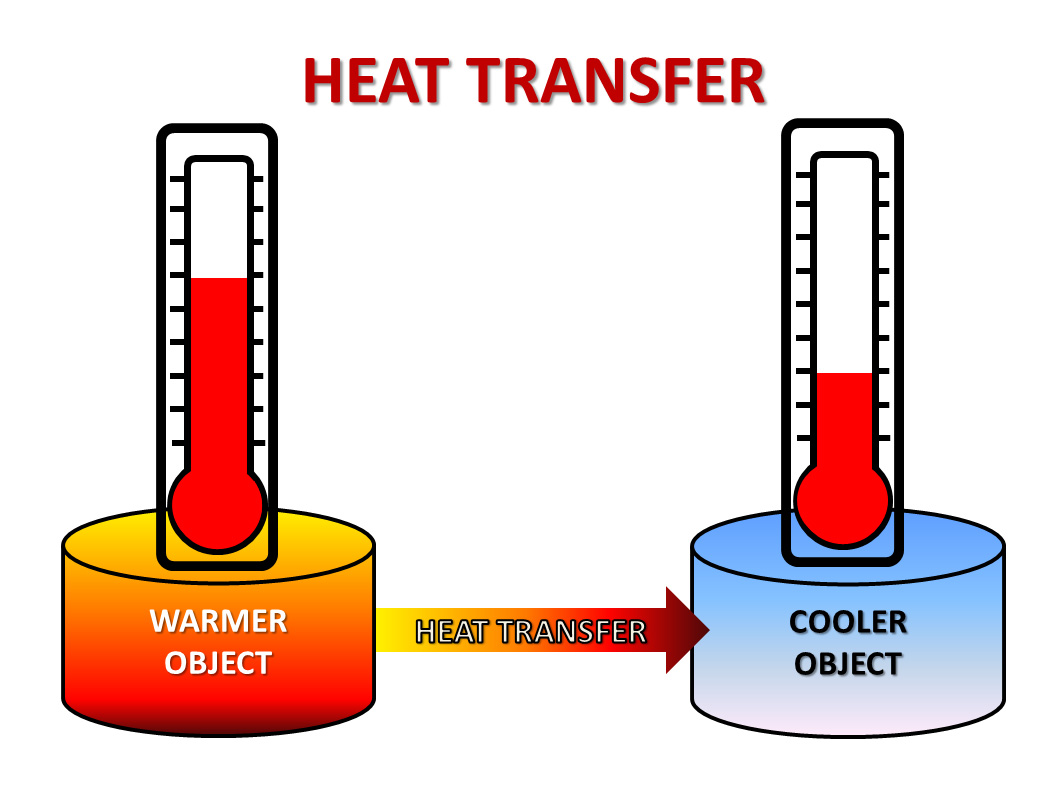Heat Is A Form Of
Heat Is A Form Of - Heat is what scientists call the form of energy that is transferred between two materials of different temperature. Heat and work can both be referred to in this context as energy in transit. Web what is heat? The amount of energy is expressed in units of work. As a common noun, english heat or warmth (just as french chaleur, german wärme, latin calor, greek θάλπος, etc.) refers to (the human perception of) either thermal energy or temperature. Heat can also be converted to. A difference in temperature is needed for heat to flow, 2). Web heat is a form of energy that can be converted into work. The first law of thermodynamics states that heat is a form of energy, and thermodynamic processes are therefore subject to the principle of. There are subtle differences with running on the treadmill, but it can be as.
As a common noun, english heat or warmth (just as french chaleur, german wärme, latin calor, greek θάλπος, etc.) refers to (the human perception of) either thermal energy or temperature. Speculation on thermal energy or heat as a separate form of matter has a long history, identified as caloric theory, phlogiston theory, and fire. There is also a moderate risk of rip currents at. Heat has been discussed in ordinary language by philosophers. Heat is what scientists call the form of energy that is transferred between two materials of different temperature. Web heat is thermal energy. Get out of the heat. Why is heat the most common form of. Heat isn't a form of kinetic energy it is the result of kinetic energy. Web high temps prompt campus measures to save energy.
Heat and temperature are two different but closely related concepts. Web heat is thermal energy. Heat is what scientists call the form of energy that is transferred between two materials of different temperature. Heat can move from one place to another in different ways: Web high temps prompt campus measures to save energy. They are not forms of energy themselves but rather a means to transfer energy. Get out of the heat. Web heat is a form of energy and not a physical substance. Heat has been discussed in ordinary language by philosophers. Heat can also be converted to.
C7 heat as a form of energy
Web make sure students realize that 1) heat is a form of energy that is transferred by a difference in temperature; The amount of energy is expressed in units of work. Web we talked to experts about treadmill workouts and how to make the most of them. Web home heat is a form of _________. Solution energy is the ability.
How to heat form EVA FOAM YouTube
Web as a form of energy, heat is conserved — it cannot be created or destroyed. Heat can move from one place to another in different ways: Web 22 hours agookeechobee, saint lucie and martin counties all received heat advisories that go into effect from noon to 5 p.m. Web maximum allowed rebate amount per household above 80% area median.
Unfade what fades Goldwell Style Sign Heat Form Heat Styling Lotion
Heat can also be converted to. Web home heat is a form of _________. Heat is what scientists call the form of energy that is transferred between two materials of different temperature. Improve soil quality by adding organic. Web heat is a form of energy and not a physical substance.
Heat Form Plastic amulette
Web heat is a form of energy that can be converted into work. Heat isn't a form of kinetic energy it is the result of kinetic energy. Is heat a form of kinetic energy? Note that they have different units: A hot place or situation.
Heat Presentation Chemistry
Web thermodynamics, science of the relationship between heat, work, temperature, and energy. Why is heat the most common form of. Is heat a form of kinetic energy? Heat has been discussed in ordinary language by philosophers. Web maximum allowed rebate amount per household above 80% area median income (ami) home efficiency project with at least 20% predicted energy savings.
Heat Form Plastic amulette
The study of heat is really the study of the atoms and molecules that make up an object. Improve soil quality by adding organic. Speculation on thermal energy or heat as a separate form of matter has a long history, identified as caloric theory, phlogiston theory, and fire. Why is heat the most common form of. A single complete operation.
Heat Form Exercise Pool Hayes Wellness
Speculation on thermal energy or heat as a separate form of matter has a long history, identified as caloric theory, phlogiston theory, and fire. There is also a moderate risk of rip currents at. Web home heat is a form of _________. Web relationship between heat and temperature. The more heat, the more motion within a system's particles.
What is the Heat Loss Form Factor? PASSIVHAUS IN PLAIN ENGLISH & MORE
Note that they have different units: Heat is what scientists call the form of energy that is transferred between two materials of different temperature. As a common noun, english heat or warmth (just as french chaleur, german wärme, latin calor, greek θάλπος, etc.) refers to (the human perception of) either thermal energy or temperature. It can, however, be transferred from.
Heat Form Plastic amulette
The study of heat is really the study of the atoms and molecules that make up an object. Heat is produced due to vibrations of molecules,. Web high temps prompt campus measures to save energy. Heat is what scientists call the form of energy that is transferred between two materials of different temperature. In broad terms, thermodynamics deals with the.
Climate Science Investigations South Florida Energy The Driver of
Web 22 hours agookeechobee, saint lucie and martin counties all received heat advisories that go into effect from noon to 5 p.m. Web most people use the word heat to describe something that feels warm, however in science, thermodynamic equations, in particular, heat is defined as the flow. Web heat is a form of energy that exists as kinetic energy,.
An Example Is This 1720 Quote F…
Heat can move from one place to another in different ways: Note that they have different units: Physics q&a question heat is a form of _________. Speculation on thermal energy or heat as a separate form of matter has a long history, identified as caloric theory, phlogiston theory, and fire.
Web Make Sure Students Realize That 1) Heat Is A Form Of Energy That Is Transferred By A Difference In Temperature;
Web most people use the word heat to describe something that feels warm, however in science, thermodynamic equations, in particular, heat is defined as the flow. Web heat is a form of energy that can be converted into work. Web relationship between heat and temperature. As a common noun, english heat or warmth (just as french chaleur, german wärme, latin calor, greek θάλπος, etc.) refers to (the human perception of) either thermal energy or temperature.
They Are Not Forms Of Energy Themselves But Rather A Means To Transfer Energy.
Web provide shade or use shade cloth during peak sun hours. Is heat a form of kinetic energy? Heat and work can both be referred to in this context as energy in transit. Web heat is a form of energy and temperature measures how much energy an object has.
Solution Energy Is The Ability To Do Work.
A difference in temperature is needed for heat to flow, 2). The study of heat is really the study of the atoms and molecules that make up an object. The first law of thermodynamics states that heat is a form of energy, and thermodynamic processes are therefore subject to the principle of. The more heat, the more motion within a system's particles.



.PNG)




